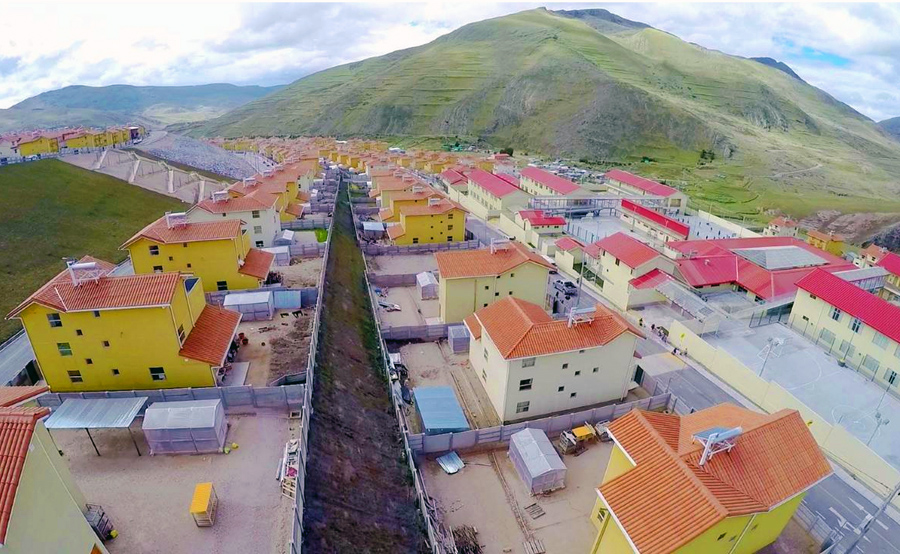
Copper retreated from 2½-year highs on Friday with futures contracts in New York failing to scale the $3.00 a pound level. Copper’s 2017 year to date gain is still around 18% and the red metal has recovered more than 50% in value after falling to six-year lows below $2.00 a pound in January last year.
After a relatively quiet year in 2016 for supply disruptions (there is around a 6% production swing factor in global output of over 20m tonnes per year) due to bad weather, labour action and other unforeseen events, 2017 has seen several outages at some of the world’s biggest mines.
A a 43-day strike at BHP’s Escondida mine in Chile – the world’s largest with a roughly 300,000t annual production gap to its nearest rival – ended in March and ongoing strike action at Freeport McMoRan’s Grasberg operations in Indonesia have boosted prices.
 Last month Chile’s Antofagasta narrowly avoided labour strikes – which would have been the first in the London-listed company’s history – at its Zaldivar and Centinela mines in the South American nation. Together the two mines produce more than 280,000 tonnes of copper per year.
Last month Chile’s Antofagasta narrowly avoided labour strikes – which would have been the first in the London-listed company’s history – at its Zaldivar and Centinela mines in the South American nation. Together the two mines produce more than 280,000 tonnes of copper per year.
Another potential outage was averted this week however after communities blocking access roads to the Chinese-owned Las Bambas mine high in the Andes removed barricades after the Peruvian government declared a state of emergency in the remote region.
According to a Reuters report locals who were demanding payment for the use of the road near the town of Challhuahuacho did not resist police orders to remove the blockade Thursday and operations at the mine has returned to normal.
Australian operator MMG said production at the mine which started operations in December 2015 was not affected. Output is expected to be between 420,000–460,000 tonnes in 2017 (and not insubstantial quantities of molybdenum, gold and silver) placing the mine in the top five worldwide. In October copper exports from the mine were halted for ten days amid clashes with security forces that left one protestor dead.
Chinese authorities carefully engineered the 2014 acquisition of Las Bambas over a period of two years, by making its approval of the Glencore-Xstrata merger dependent on the Swiss-based company’s disposal of the project.
Las Bambas was likely just the curtain raiser for many future Chinese forays outside the country in search of copper sources.
Glencore and Xstrata first announced a merger February 2012 and after much shareholder wrangling and jumping through regulatory hoops China was the last country to approve the deal – a full 14 months later.
There was one, pretty specific, proviso.
Glencore must give up Las Bambas. Or something of equivalent significance for future global copper supply (nothing springs to mind).
The Swiss-based firm had already lavished $4 billion on the Peruvian mine and China took its sweet time to ink a deal.
While negotiations of the sale dragged on for another year Las Bambas was being thoroughly de-risked (compared to the likes of a Conga or Oyu Tolgoi, it appears to have been smooth-sailing) and readied for production by one of the more experienced teams in the global copper mining game.
At the same time the copper price was sliding to a near four-year low, strengthening China’s hand in the final month of talks before the consortium led by Minmetals finally came to a $6 billion agreement.
Both sides walked away satisfied, at least according to Glencore CEO Ivan Glasenberg.